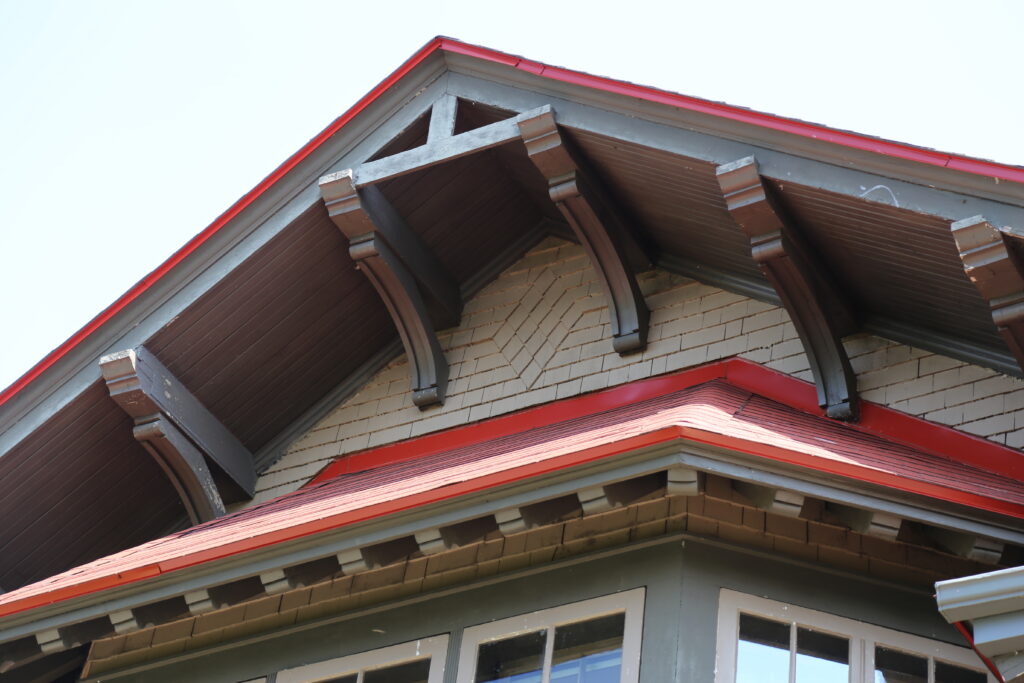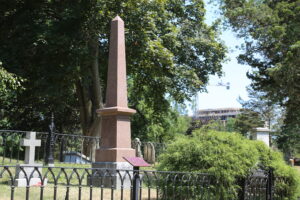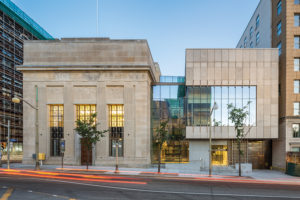TRACE architectures developed a comprehensive Heritage Conservation Plan and Building Condition Assessments for the entire 5-building complex and its 30-acre cultural landscape. The reports were prepared to help the building custodian to better understand the cultural heritage value and the maintenance thereof through guidance on maintenance, recommendations and options for future evolution, and a comprehensive historical study of the property, its buildings, and its grounds.
The Willson Estate, main house and its outbuildings, is one of the best examples of federally-owned grand rustic estates popular in the late 19th and 20th centuries. The house was the summer home of the prominent inventor and industrialist, Thomas Leopold Willson, who played a prominent role in scientific research and development in Canada. Willson and his family entertained the famous and influential here, and some of his scientific work was also produced here. The property was acquired by the Crown in 1979 and converted into a conference facility. The Meech Lake Accord national conference was held here in 1987.
Planning for and Managing Change
The conservation plan was prepared to act as an understandable change management and maintenance tool for various elements that make up the estate, including those with historic value, as appropriate for structures identified as Federal Classified Heritage Buildings. It also speaks to protecting the Estate’s cultural heritage value, while accommodating future use, alteration, repair, maintenance, and potential additions.





